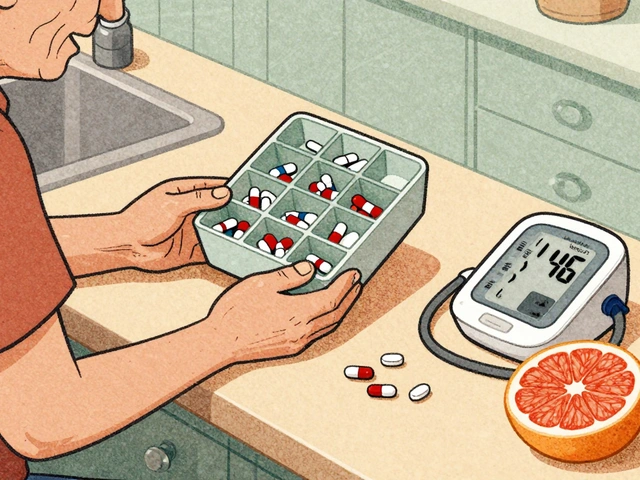Topical NSAIDs: Pain Relief Without the Stomach Trouble
When you reach for a pain reliever, you probably think of pills. But topical NSAIDs, nonsteroidal anti-inflammatory drugs applied directly to the skin to reduce pain and inflammation. Also known as topical pain medication, they work right where you need them—without flooding your whole body with drugs. That’s why so many people with sore knees, stiff shoulders, or aching backs are switching from pills to gels and patches.
Unlike oral NSAIDs, which pass through your stomach and liver before reaching your joints, topical versions stay local. That means less risk of ulcers, kidney strain, or high blood pressure—the usual side effects you hear about with ibuprofen or naproxen. They’re especially useful for arthritis pain, chronic joint inflammation often treated with long-term medication, where daily pills can be risky. You’ll find them in forms like diclofenac gel, ketoprofen patches, or even over-the-counter creams with lower doses of the same active ingredients. They’re not magic, but they’re smart—especially if you’re older, on other meds, or just want to avoid swallowing a handful of pills every day.
They don’t work for every kind of pain. If your back hurts because of a pinched nerve or your hip is failing from severe wear, a cream won’t fix it. But for muscle strains, tendonitis, or mild to moderate osteoarthritis in knees and hands? Topical NSAIDs are backed by solid studies and often recommended by doctors as a first step. They’re also great for people who can’t take oral meds because of stomach issues or heart conditions. And unlike opioids, they’re not addictive. You can use them daily without fear of dependence.
What you’ll find in the posts below is a practical look at how these treatments stack up against the rest. You’ll see comparisons with oral painkillers, real-world advice on choosing the right product, and what to watch out for—like skin irritation or interactions with other creams. There’s no fluff. Just clear, no-nonsense info on how topical NSAIDs fit into everyday pain management, who benefits most, and how to use them safely. Whether you’re dealing with aging joints, sports injuries, or just tired muscles, this collection gives you the facts to make a better choice.










